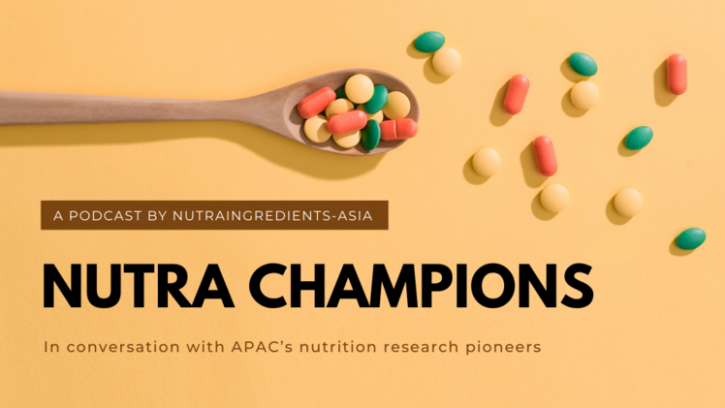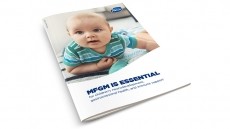One in three children at risk of anaemia: Malaysian paediatric health expert calls for corrective steps
This content item was originally published on www.nutraingredients-asia.com, a William Reed online publication.

Professor Dr Muhammad Yazid bin Jalaludin, senior consultant paediatric endocrinologist and deputy dean at University Malaya’s Faculty of Medicine, is the latest guest of our Nutrachampion podcast.
The principal investigator of Danone-funded Iron Strong Study, Dr Yazid revealed the key findings in conjunction with the Nutrition Society Malaysia 38th Annual Scientific Conference held in Kuala Lumpur in July.
Based on his findings, 30.3 per cent of children between six and 36 months old in Malaysia were at risk of anaemia. This means that they have a total haemoglobin level of less than 12gm/dl.
Younger kids - those between six and 12 months old – were at a higher risk of anaemia, with a prevalence rate of 34.5 per cent, while those between 12 and 36 months old had a lower risk at 27.7 per cent.
In fact, existing studies have shown that prevalence of anaemia among children is high in Malaysia and intervention, such as nationwide screening and iron supplementation should be in place, said Dr Yazid.
Citing data from Malaysia’s National Health and Morbidity Survey (NHMS) 2022 Maternal and Child Health report, he pointed out that 46.5 per cent of children between zero and five years old were anaemic. A total of 17,176 children were surveyed in the study.
Another report by the World Health Organisation (WHO) also showed that 24.6 per cent of Malaysian children below five years old were diagnosed with anaemia as of year 2019.
Despite the statistics, he said that there was still a lack of attention and steps in correcting iron deficiency anaemia in children across the country.
“Based on the American Academy of Paediatrics, if a country has a prevalence of anaemia of more than five per cent, that country should be doing a screening, but that does not happen in Malaysia.
“Also, based on WHO guidelines, if the prevalence of anaemia is above 40 per cent in children between six and 24 months, then all children from this age group should receive iron supplementation throughout the year, which we are not doing.
“For children between 24 months to 59 months, if the prevalence of anaemia in the country is above 40 per cent, iron supplementation should be given to all children for three months,” he said.
He believes that interventions are not taken because the public and even the clinicians do not think that there is a high prevalence of anaemia in the country.
“We don't have a good data to know whether our healthcare professionals know or not about anaemia in children, and whether they think anaemia in children is a problem. But the NHMS and WHO studies clearly tell you that the prevalence is high, but whether that is seen to be a serious matter or not is another story.
“So why are we not intervening when the prevalence of anaemia in children is so high? This is because we don't think that our anaemia prevalence is that high and that's why it is not addressed in the policy. This is something that we must drum it again and again to the policy makers,” he said.
He also pointed out how Malaysia was facing the “triple burden of diseases”, where stunting, overweight / obesity, and anaemia were prevalent among children.
He urged for more to be done in terms of communicating research findings to policymakers, so that tangible changes would be made to benefit the public.
Listen to the podcast to find out more.













